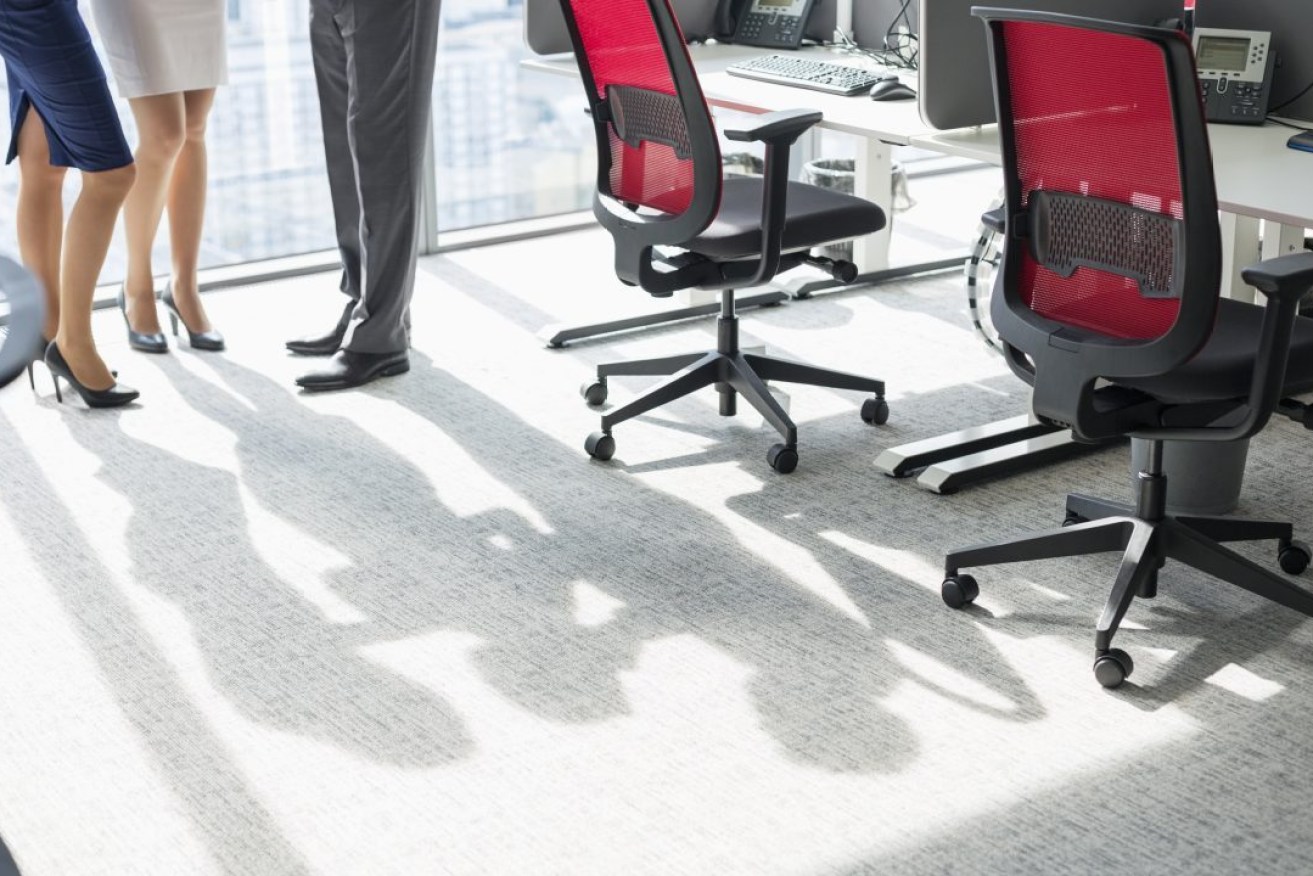SafeWork SA forecasts rise in sexual harassment probes
South Australia’s workplace health and safety regulator is preparing to increase the number of investigations it undertakes into sexual harassment complaints and other issues associated with psychological harm at work.


Photo: Moodboard
In supplementary evidence tendered to state parliament’s Budget and Finance Committee in November, SafeWork SA said it is “expecting to have an increase in investigations into complaints about psychological harm and psychosocial risks as the topic is more widely socialised”.
SafeWork Australia’s definition of a psychosocial hazard is “anything that could cause psychological harm (e.g. harm someone’s mental health)”.
Among the hazards listed are job demands, poor support, lack of role clarity, poor organisational change management, inadequate reward and recognition, bullying, violence and aggression, and harassment (including sexual harassment).
“SafeWork SA is preparing internally to ensure it can respond to the receipt of more complex complaints regarding psychological and psychosocial risks,” the regulator said.
“SafeWork SA is also expecting an increase in investigations in emerging issues including sexual harassment at work.”
A spokesperson for SafeWork SA told InDaily that in the past two years it has prosecuted two businesses where a worker was sexually assaulted in the workplace.
The regulator’s role is to investigate businesses who have allegedly failed to manage psychological hazards in line with their obligations under workplace health and safety legislation, the spokesperson said.
Former SafeWork SA executive director Martyn Campbell told the parliamentary committee in October that psychological and psychosocial risks were an “emerging trend nationally, which we see in this state also”.
He said SafeWork SA has created a team of inspectors dedicated to investigating psychosocial issues within workplaces.
“As we ventilate the topic and people become more aware of it, we expect to see more complaints, and [that’s] what we see,” he told the committee.
“I think historically people looked at workplace bullying and stresses as the general psychological risk, but it’s actually much broader than that.
“It’s things like micromanagement and workflow and work processes and the work environment and how that impacts on people’s stress, anxiety, etc.
“So it is much broader than people historically knew it to be, and that’s what we are seeing coming through – complaints to it.”
Asked by InDaily what evidence SafeWork SA was basing its forecasts on, the SafeWork SA spokesperson highlighted national workers’ compensation claims data between 2000 to 2020.
The data shows the annual number of “serious work injury” claims across Australia decreased from 133,041 to 120,355 from 2000-01 to 2019-20 – a drop of 9.5 per cent.
However, over the same period, the number of claims for mental health conditions increased 62 per cent, rising from 6617 to 10,776.
The spokesperson said SafeWork Australia published its code of practice for managing psychosocial hazards at work in June last year and the state government “is considering adopting the model code of practice and regulations for South Australian workplaces”.
Acting SafeWork SA executive director Glenn Farrell said: “The new regulations and code will help business owners and industry identify psychosocial hazards and provide practical examples of how they can be reasonably and practicably controlled.”
SafeWork SA was last year subject to an independent, state government-commissioned review led by the former executive director of WorkSafe Victoria John Merritt.
The review, which ran from October 17 to December 31, was probing SafeWork SA’s compliance and enforcement functions, as well as the engagement between the regulator and other government agencies in monitoring workplace safety.
The cost of the review was $3600 per day, according to the supplementary evidence tendered by SafeWork on November 23.
It is expected to be made public early this year.




